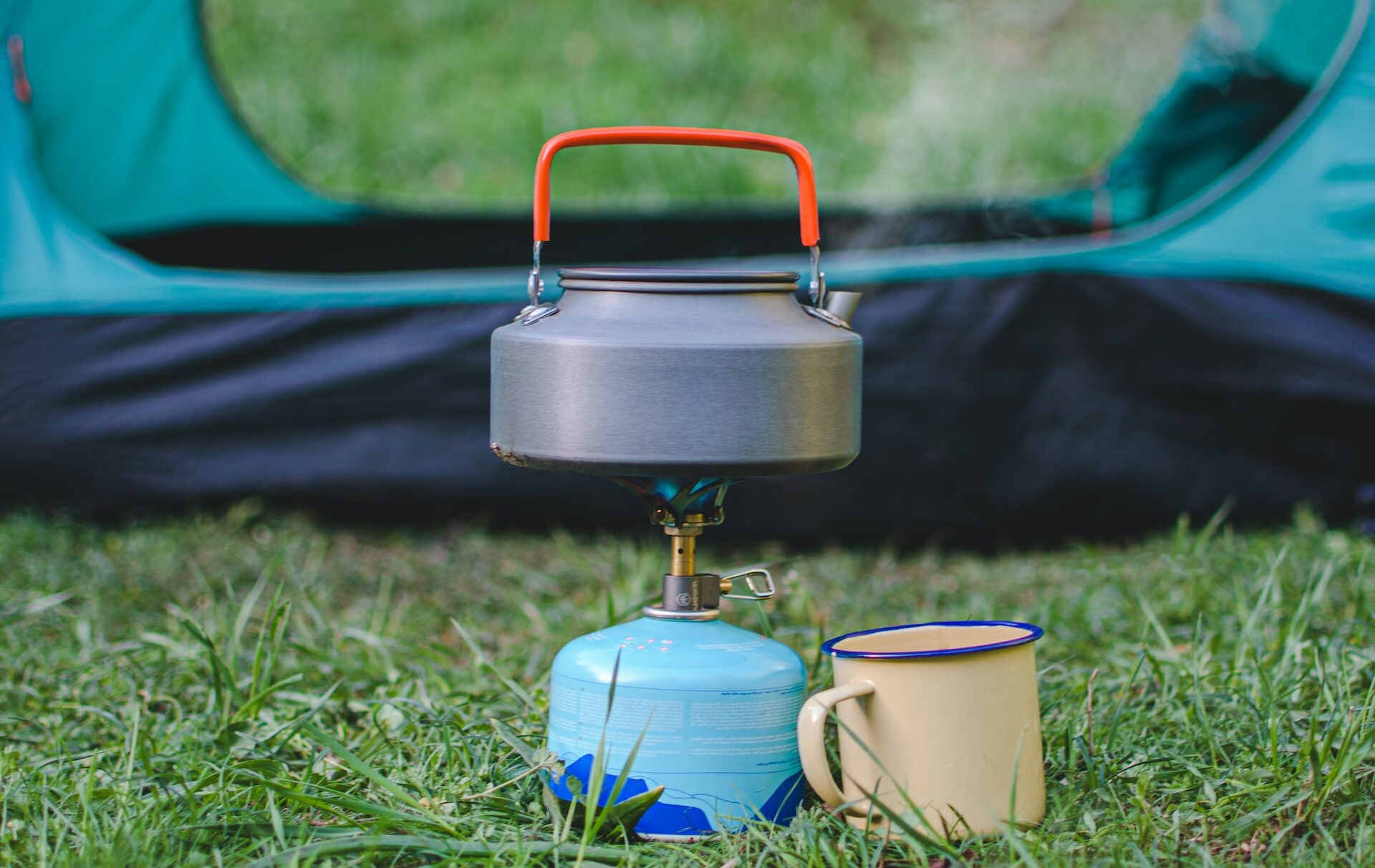
Can You Use A Camping Stove Indoors?
Camping stove indoors? Camping stoves are great for cooking food and heating water out in nature. Can you use them indoors, inside a tent, RV, or in your kitchen? The short answer is yes, but only with certain types of stoves and while using them in a proper manner. You will also need to make sure there is enough ventilation. Let’s dive into some of the aspects you should keep in mind when using camping stoves indoors.
Risks when using a camping stove indoors
There are many risks associated with using camping stoves indoors. Since we’re dealing with live fire and potentially dangerous gases and fumes there are certain risks that can be mitigated. Let’s take a look at how we can reduce the risks and keep us safe.
Carbon monoxide poisoning
Carbon monoxide poisoning occurs when carbon monoxide builds up in your bloodstream. When too much carbon monoxide is in the air, your body replaces the oxygen in your red blood cells with carbon monoxide. This can lead to serious tissue damage or even death.
Carbon monoxide is a colorless, odorless, tasteless gas produced by burning gasoline, wood, propane, charcoal, or other fuel. Improperly ventilated appliances and engines, particularly in a tightly sealed or enclosed space, may allow carbon monoxide to accumulate to dangerous levels.
If you think you or someone you’re with may have carbon monoxide poisoning, get into the fresh air and seek emergency medical care.
The type of stove you use will decide how much carbon monoxide it produces. A camping stove that uses a cleaner fuel and produces less carbon monoxide is safer to use. Using propane as a fuel when using your camping stove is the safest option. Most kitchen gas stoves also use propane as fuel. Gas canisters for camping stoves have much higher pressure and more gas is released. They will release carbon monoxide but much less compared to wood-burning stoves.
You can minimize risks by opening windows and doors to improve ventilation and by shutting down the stove immediately after you have finished using it.
Fire risk
Fire risk is higher when cooking indoors since there might be more materials that could catch on fire if the camping stove happens to malfunction. Some stoves have a tall profile and are prone to tipping over. A fuel bottle or gas canister could leak if it’s damaged.
You can minimize this risk by making sure that the stove is set up on a stable surface and by keeping easily flammable items away. Modern tents are less flammable but synthetic materials are generally very flammable and you shouldn’t use your stove inside a tent.
High-quality stoves are less likely to malfunction, but it’s still a risk to consider since it’s more difficult to manage when used indoors.
Camping stove inside a tent
Using a stove inside a tent is a bad idea. It’s a small enclosed space where dangerous gases can easily build up and if it catches on fire, it will quickly consume the entire thing. Also, avoid cooking in your vestibule for the same reasons.
If you’re hiding from rough weather then we would suggest waiting it out or eating a ready-made meal. If that’s not an option, we would recommend using a makeshift cover over your stove. For example, opening an umbrella, setting up a tarp, or building a makeshift cover from branches.
Camping stove inside an RV
Some RVs have a built-in electric or propane stove but it’s also possible to use your portable camping stove if necessary. We would recommend using a stove that uses propane as fuel since it’s the cleanest fuel with the least amount of toxic fumes. You’ll still need sufficient ventilation to mitigate risks related to CO poisoning.
Wood-burning and gas stoves are a big no-no inside an RV. They emit too many toxic gases that could still pose a high health risk even with proper ventilation.
Camping stove inside a house (kitchen)
Using a camp stove in your kitchen is not too different from an RV. We would recommend a propane-fueled stove. In case of an electricity outage, your range hood for the electric stove will not work. You will have to provide sufficient ventilation by opening windows and doors. Make sure you don’t leave the stove unattended and children can’t reach it while it’s hot. Keep in mind to turn off the stove after you’ve finished using it and store it away in a proper manner.
Conclusion
Camping stoves are designed to be used outside but they are a valuable backup when you’re unable to use your regular stove. Electric outages are quite common in certain areas with extreme weather conditions. Keep in mind that good ventilation is a must when using a camp stove indoors. We recommend a propane-fueled stove.